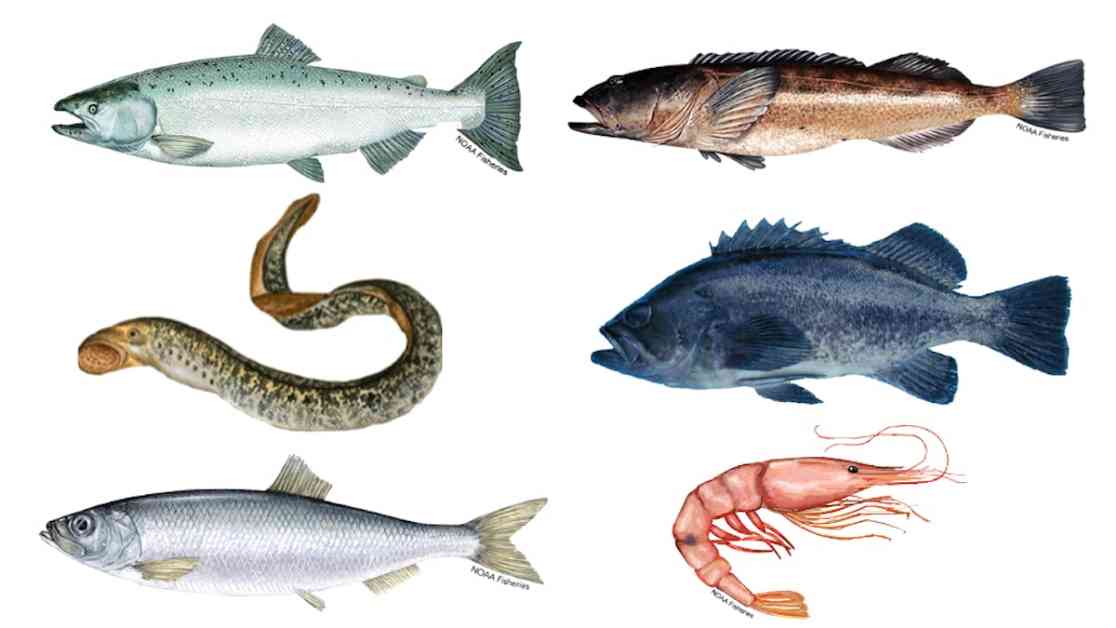**Microplastics Found in Common Seafood: Study Reveals Widespread Contamination**
Researchers from Portland State University have made a groundbreaking discovery that microplastics are ending up in the fish we consume, shedding light on a critical environmental issue. The study, led by Elise Granek and her team at the Applied Coastal Ecology Lab, found microplastics in the edible tissue of six economically and culturally important species in Oregon. This revelation underscores the urgent need for strategies to combat microfiber pollution that is infiltrating our food chain.
Implications of Microplastic Contamination
In their research, scientists uncovered a staggering 1,806 suspected plastic particles in 180 out of 182 individual samples of seafood. Fibers, films, and fragments were among the most prevalent types of microplastics found, raising concerns about the potential health risks associated with consuming contaminated fish. Among the species studied, pink shrimp exhibited the highest concentrations of particles in their edible tissues, while Chinook salmon, lingcod, and black rockfish had lower levels.
Understanding the Source and Impact
Granek and her team delved into the complexities of microplastic contamination, exploring how these particles traverse through the food web and accumulate in marine and freshwater species. The study sheds light on the challenges faced by West Coast fisheries stakeholders and highlights the gaps in our knowledge about the pervasive nature of microplastic pollutants. Through their findings, the researchers emphasize the critical need for further investigations into the mechanisms by which microplastics infiltrate muscle tissue and the development of policies to regulate anthropogenic particles.
Focusing on Solutions
Despite the alarming findings, the researchers are not advocating for a complete avoidance of seafood consumption. Instead, they are championing proactive measures to address the issue at its root. By raising awareness about the sources of microplastic pollution and promoting sustainable practices, Granek and her team aim to mitigate the impact of these harmful particles on our environment and food supply.
As we grapple with the far-reaching consequences of microplastic contamination in our seafood, it’s crucial to reflect on our individual choices and their collective impact on the ecosystem. By supporting research initiatives, advocating for policies that safeguard our oceans, and adopting eco-friendly practices in our daily lives, we can work together to combat the pervasive threat of microplastics and ensure a healthier future for our planet.














